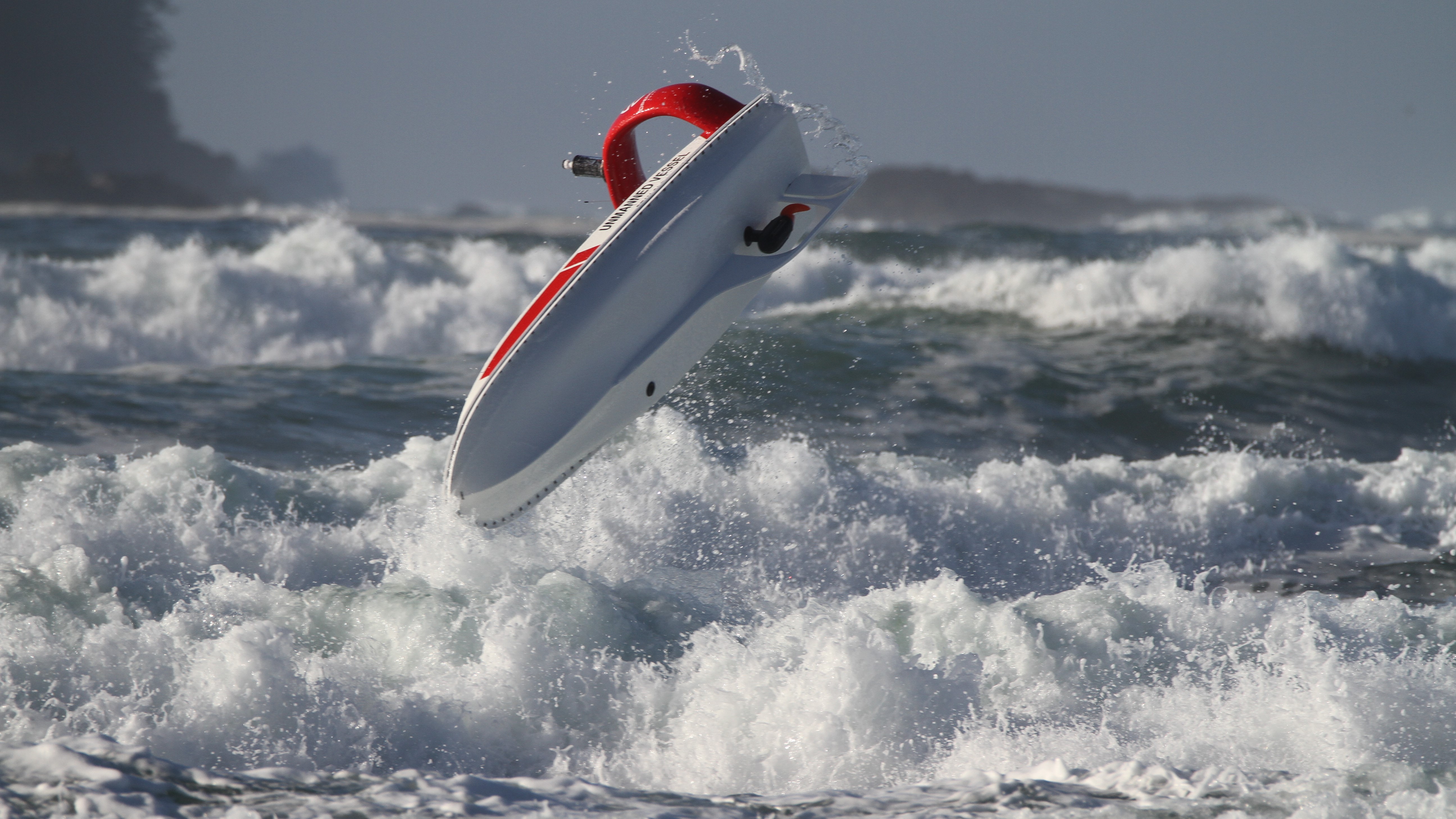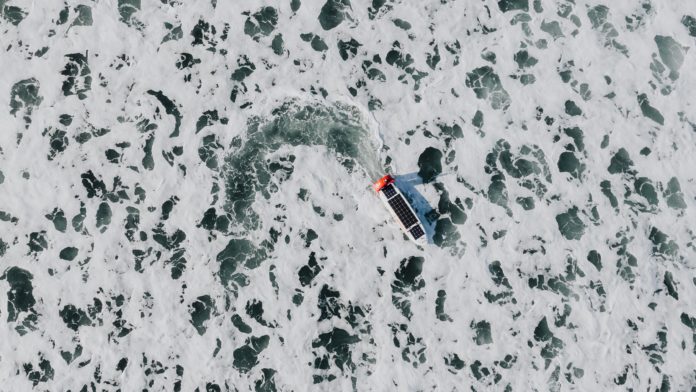The oceans are an abundant source of information that can help us to better manage marine environments and understand the impact of climate change. However, collecting these data currently requires crewed vessels to go out and conduct the research. This creates noise pollution and greenhouse gas emissions while also carrying the risk of oil spills and even harm to crew members when they study storm conditions.
As an unmanned alternative, a BC robotics company has developed specialized naval drones. Powered by solar and wind, they can travel nonstop for upwards of a year while constantly collecting data, potentially transforming how we conduct marine environmental research.
This research is vital for numerous applications, including the protection of endangered whale populations, policing illegal fishing, and monitoring pollution. It’s also a means of gaining accurate information on marine weather, which can help with guiding vessels on more fuel-efficient routes.
Open Oceans Robotics’s units are armed with all sorts of devices that measure key indicators of environmental health and the weather. The connection is made via cell service, and once the drone goes out into the open sea, it switches over to a satellite connection to maintain control if required. This allows the base team to instantly access information anywhere in the oceans.
Crewed vessels can cost anywhere between $50,000–$75,000 per day, but the OOR drone operates at a fraction of the cost. Being unmanned, the safety risk is negated, and the security of the drone itself is ensured through remote control back at HQ. They also feature a “self-righting” design to handle the chaos of the seas — even in hurricane conditions.
“The boat is outfitted with a whole suite of sensors to measure its performance and how it handles these conditions, as well as the environment around it,” explained CEO Julie Angus to Forbes. “While we’ve tested its performance in simulated environments, there is no substitution for actually being in these epic waves and we’re excited to learn how it handles these waves.”
After testing in controlled settings, the team moved into missions off the coast of BC. In 2019, a drone performed a 54-hour run in the rainy, blustery month of November, and returned with 85% battery, proving its efficiency.
“We’ve demonstrated our vessel’s ability to voyage autonomously as well as remotely, go on multi-day missions, collect oceanographic data, and transmit in by cellular or satellite communications,” added Angus.

OOR are currently partnering with the Department of Fisheries and Oceans to map Lake Okanagan. Mapping the lake will not only confirm its economic viability, but also bring the area’s surveying standards up to that of the International Hydrographic Organization. OOR are also involved in mapping the seafloor in shallow waters, which is essential for navigational safety and understanding the oceans.
As it stands, less than 20% of the world’s oceans are properly mapped, and in places like the Canadian Arctic, it’s only 1%. Properly studying and monitoring our oceans will be necessary to maintain their health and to continue relying on it as a major source of food, and OOR’s technology could be a gamechanger.
“The food and precious resources the oceans provide to global society have been bountiful, but we see them diminishing,” commented Margaret Leinen from the Scripps Institution of Oceanography to Our World. “We must act strategically going forward. It serves all of us, as a global society, to maintain the stability of the oceans as a natural system.”








































